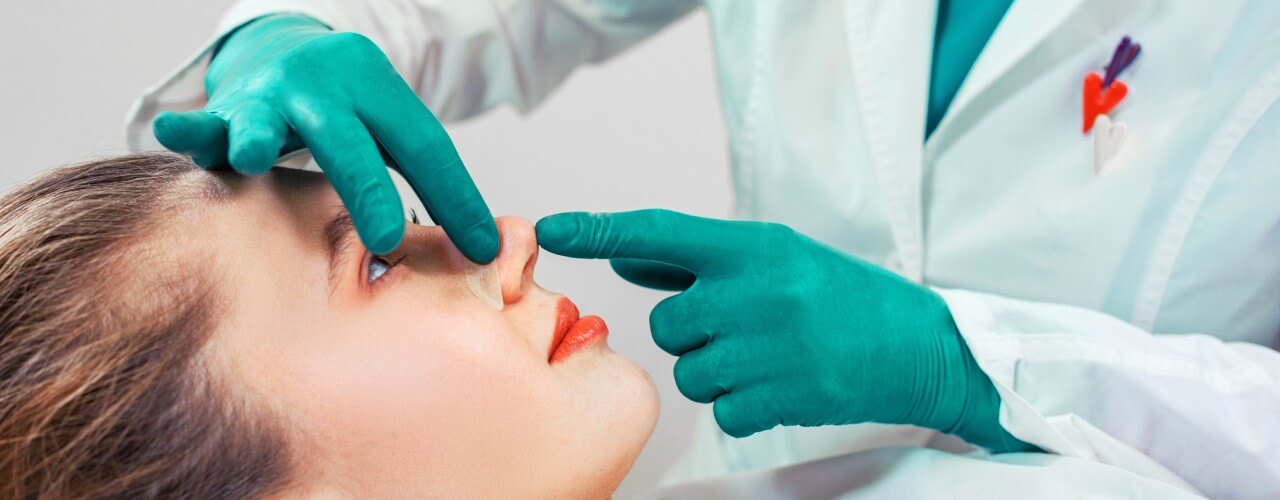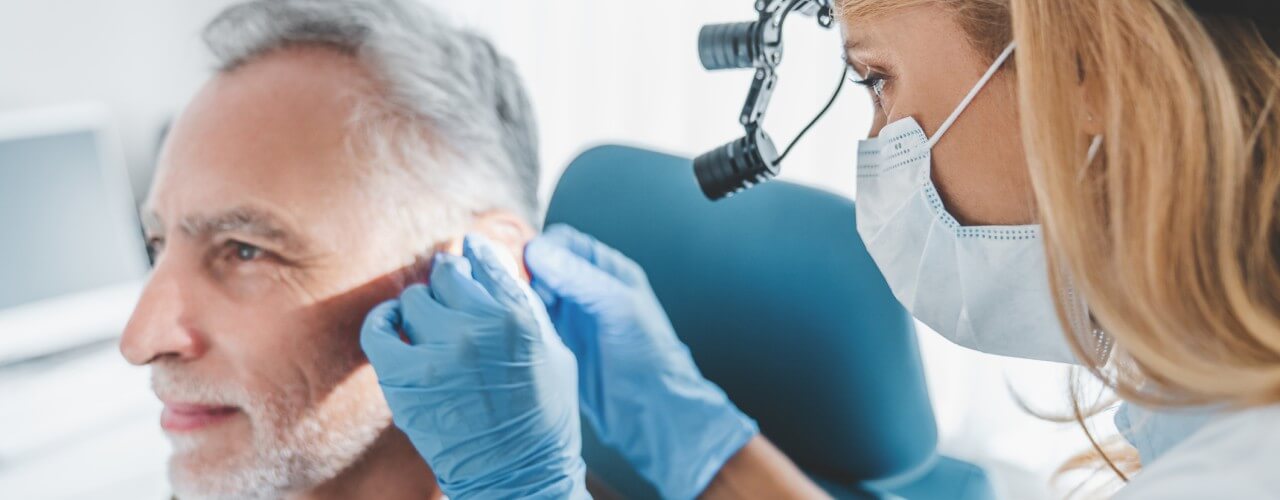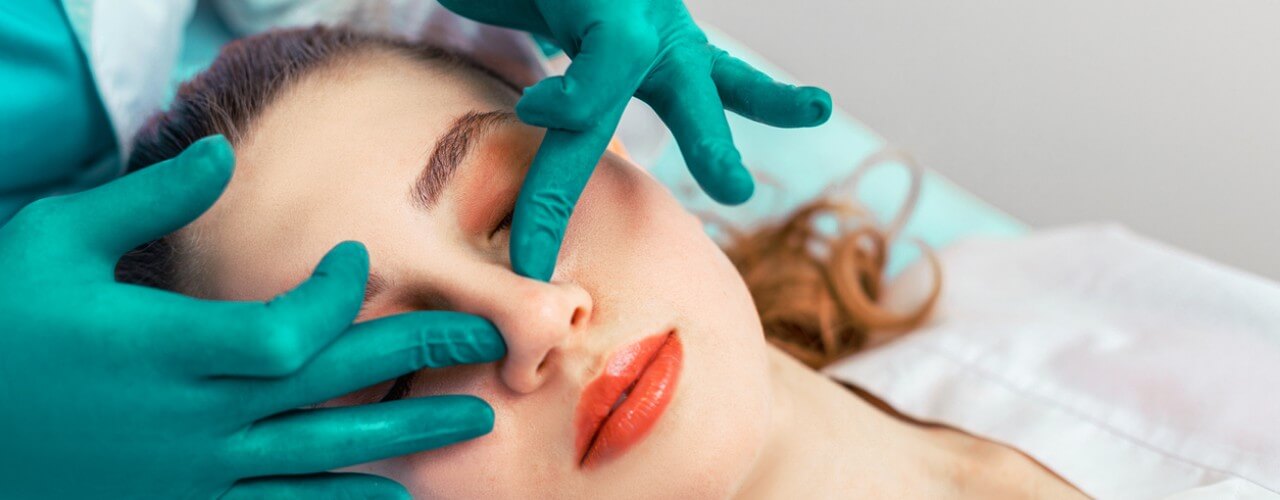Learn all about your potential rhinoplasty procedure
Rhinoplasty is also known as nose reshaping and is a procedure that will change the shape and/or size of your nose. This operation may be a good option if you’re looking for your nose to be smaller - or larger - or to alter the angle between nose and top lip. Whatever your reasons for choosing rhinoplasty this is what you need to know about the procedure.
The first stage
Once we reach the age of 16 - 18 our noses will have stopped growing - it’s only after this point that a rhinoplasty becomes possible. If you’ve decided that this is for you it’s important to find the right person to do the procedure for you and to ensure that you sit down beforehand and explain what you’re looking for from the operation. The surgeon will take into account your age, medical history and physical and emotional health when determining whether this is a good procedure to opt for at this time.
Before the operation
Your nose will be studied in some detail prior to the operation, with your surgeon taking photos and measurements. It may be possible to see a computer generated image of what your nose is going to look like after the operation - remember that this is only an approximate view and the reality will always be slightly different. You’ll also be given advice on how to prepare for the operation, including:
- Lifestyle changes, for example if you smoke your surgeon may recommend stopping for at least six weeks before the operation because smoking can cause infections and make healing harder
- Dealing with general anaesthetic e.g. you will normally need to stop eating and drinking at least six hours before the operation
- Any steps you’ll need to take for the operation, such as wearing compression stockings
During the operation
What happens during the rhinoplasty will depend on what kind of operation you’re having. For example if your nose is being made smaller the surgeon will use a closed rhinoplasty and make small cuts inside the nostrils. When the nose is being reshaped an open rhinoplasty procedure is used, which involves a cut across the skin between your nostrils.
After the operation
The first stage after a rhinoplasty is recovering from the general anaesthetic. You may feel some general discomfort and also like your nose is blocked. Skin can feel tight and sore and there may also be some bruising around your eyes.There may be splints inside your nostrils that will need to stay in position for around a week. You can support a swift recovery in a number of different ways, including trying not to do anything that will increase blood flow to your face, avoiding dusty or smoky environments, keeping your head up as much as possible and avoiding strenuous exercise. As a consequence of the rhinoplasty you may experience nose bleeds, changes to taste or smell and stiffness or numbness - most of the time these will clear up after several weeks or months.
A rhinoplasty is an effective way to reduce, augment or reshape your nose, whether that’s for cosmetic or other reasons.













